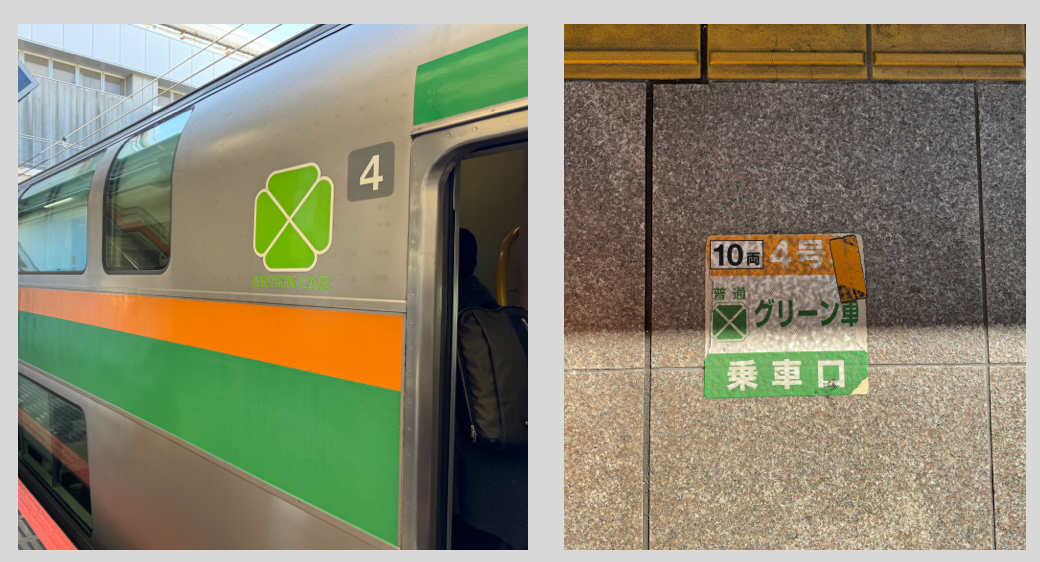This comment raises an interesting point about the manner in which trains in the UK operate. I remember well the days when you could travel from London to Glasgow stopping only at Preston and Carlisle, or from Birmingham to Plymouth stopping only at Bristol TM and Exeter (and there are many more examples). These days, modern thinking is that trains should stop much more frequently because they can do so while losing less time thanks to better acceleration, and also because running them long distances non-stop simply means they're more likely to catch up other trains.
What this means is that the disadvantages such as taking longer to get on and off, stairs etc, are exaggerated as a direct result of more frequent stops, and thus the chances of ever getting double deck trains considered seriously in the UK are even less.
For what it's worth though, I recently travelled XC from Southampton to Birmingham, and at every one of the NINE intermediate stops in the journey of less than 150 miles, there was a huge amount of shuffling of passengers, changing of seats as the reserved sections refreshed and seated passengers were turfed out by those claiming the seats, luggage being moved in an out of the storage areas to retrieve trapped cases. There really is merit in having fewer stops on some services if only the rail planners could see it!


